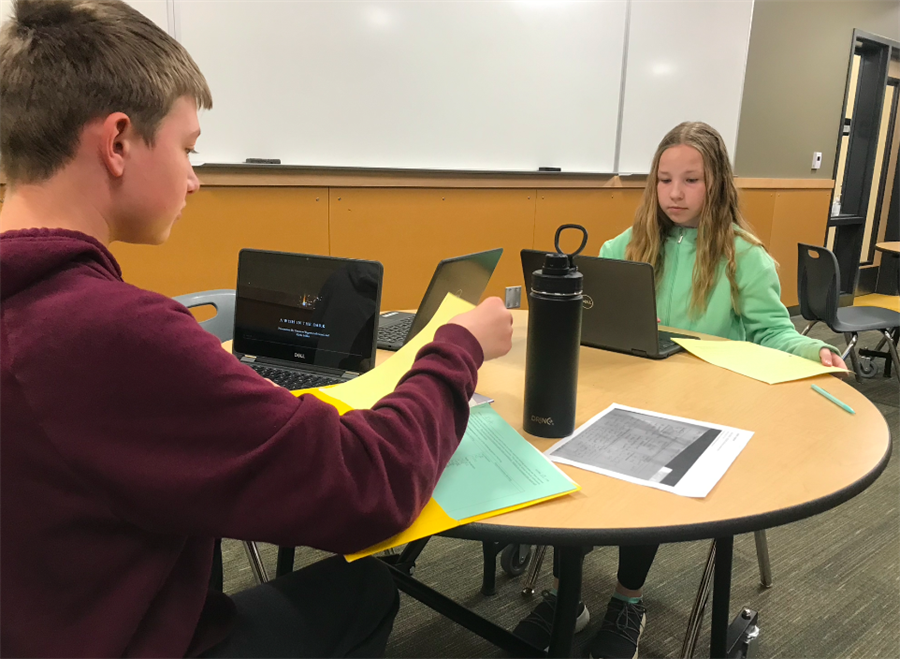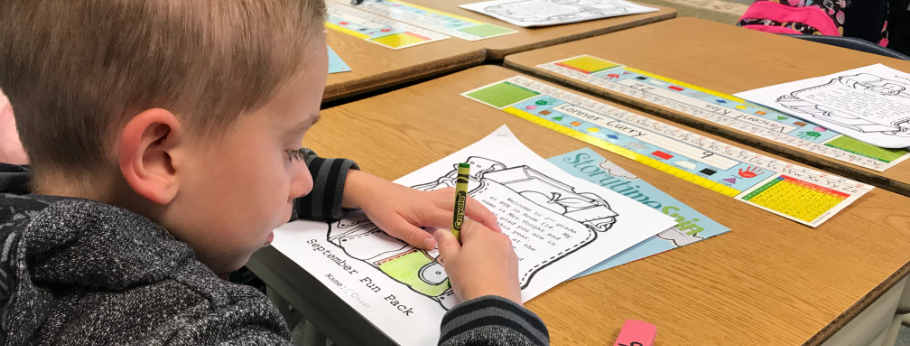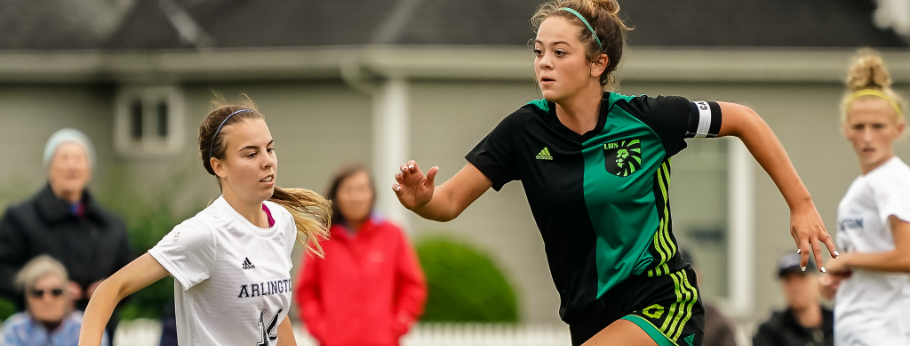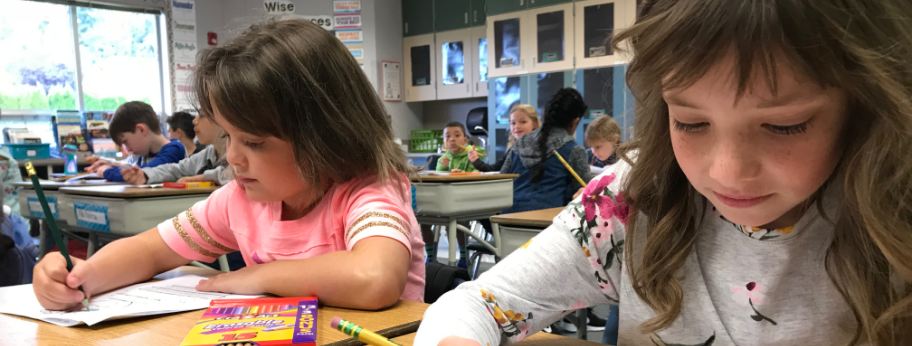
LMS Sixth Graders Tackling Real-World Homelessness Issues
Sixth-grade teachers Dirk Denniston and Nathan Hoch wanted to connect students to current issues within the Lynden community. They’ve done this by creating two new units for students focusing on civic involvement, the first tackling the issue of homelessness and the second civic protest. Hear directly from Denniston on the importance of these new units.
What are you hoping students learn through the new units?
We are expecting our students to become informed citizens that can think critically about current issues from a number of perspectives. Students will:
• understand the difference between primary and secondary documents
• identify characteristics of the Lynden community that contribute to support or obstacles to providing support for the homeless
• review primary documents to define who the homeless are in Whatcom County and in Lynden, what conditions lead to homelessness, community solutions and obstacles to supporting our homeless populations
• engage in discussions with professionals who coordinate with homeless agencies to develop greater perspective around needs and personal experiences
• identify a plan of action that provides supports for the homeless in Lynden
How important is it to bring these real-life situations into the classroom?
When students have the opportunity to listen to people directly involved in this crisis and listen to personal experiences and question for further information and clarity, they’re able to develop their own perspective and challenge their norms for thinking. Students are better able to make informed decisions based on their values as an individual within our society. Students are developing the ability to understand nuances in complex situations and form thoughtful opinions and action plans.
How does bringing in outside speakers into your class change the dynamic of a unit?
Bringing in outside voices brings the work to life. So frequently our students only interact with text and video and see issues with little depth. Hearing directly from community members engaged in this work provides our students with agency to create real world change.
How have the students reacted to the unit?
During this unit students have had many opportunities to uncover assumptions and biases within their own thinking. Aha’s and light bulb moments are common, and keep the students engaged when the content is challenging. The students have embraced their role as community members, researched the problem and solutions that have already been tried, and they’ve begun thinking of their own solutions.


